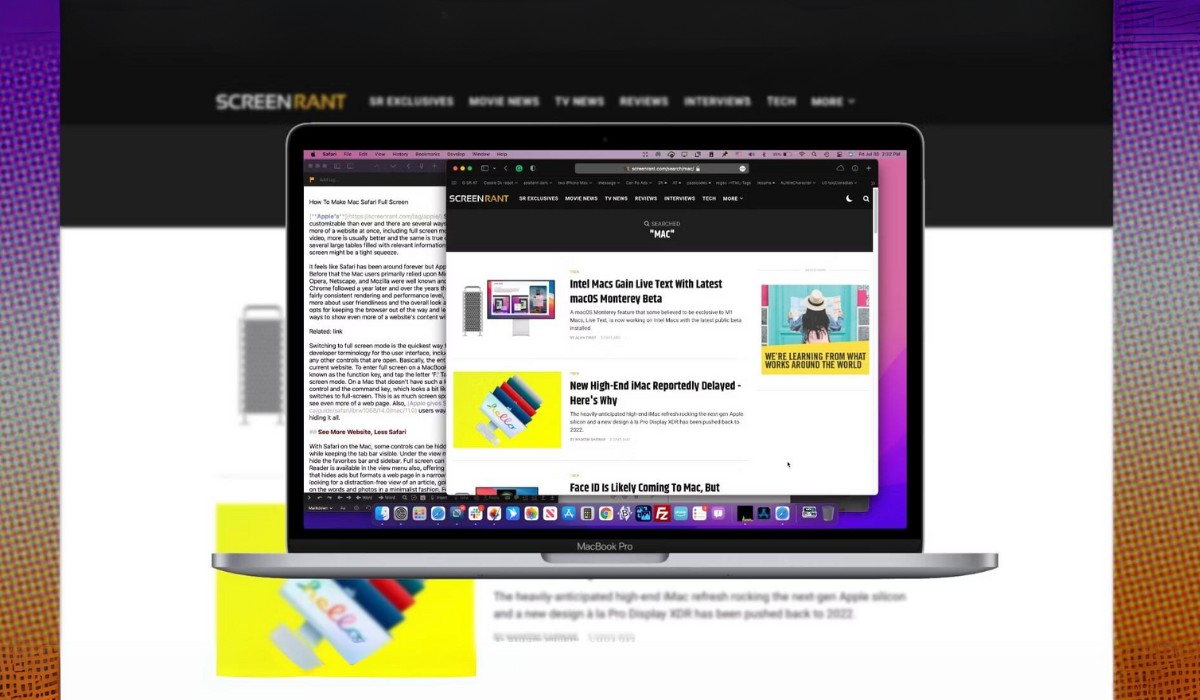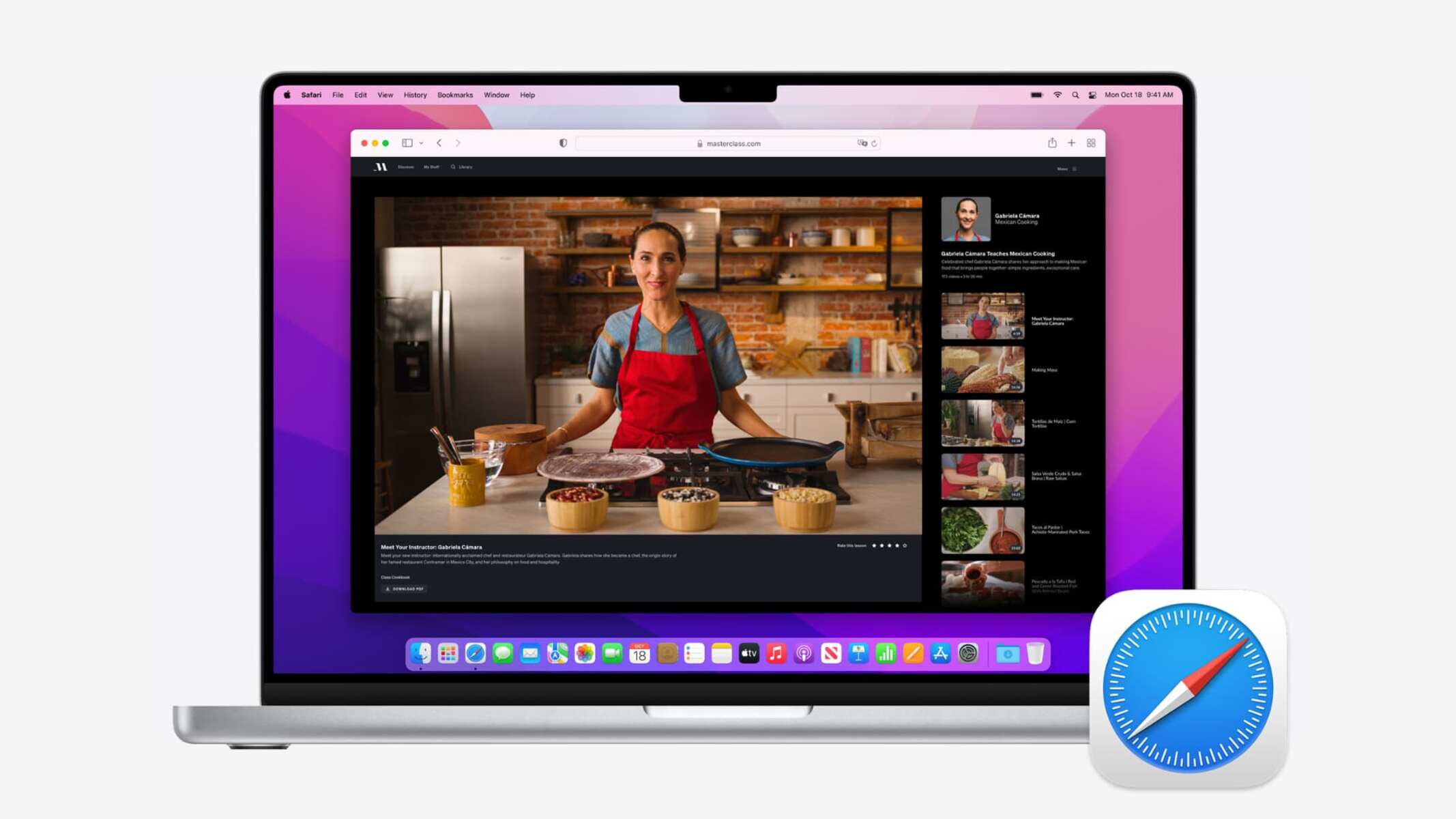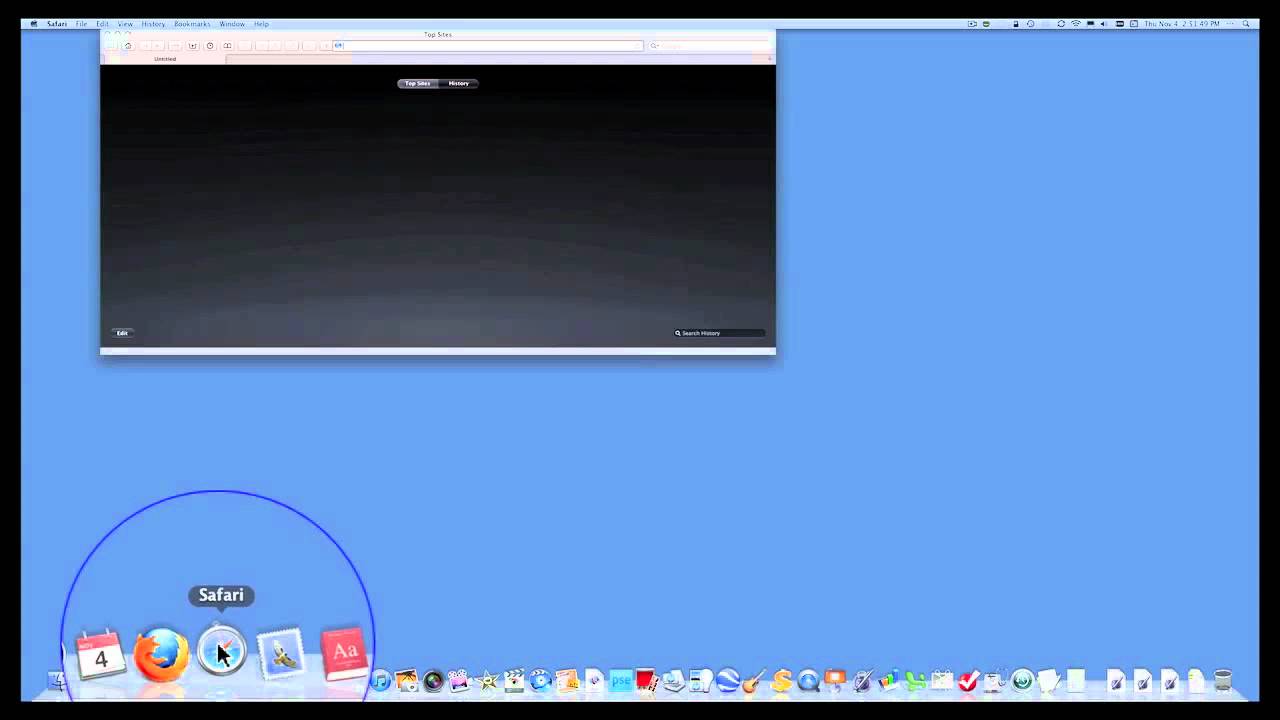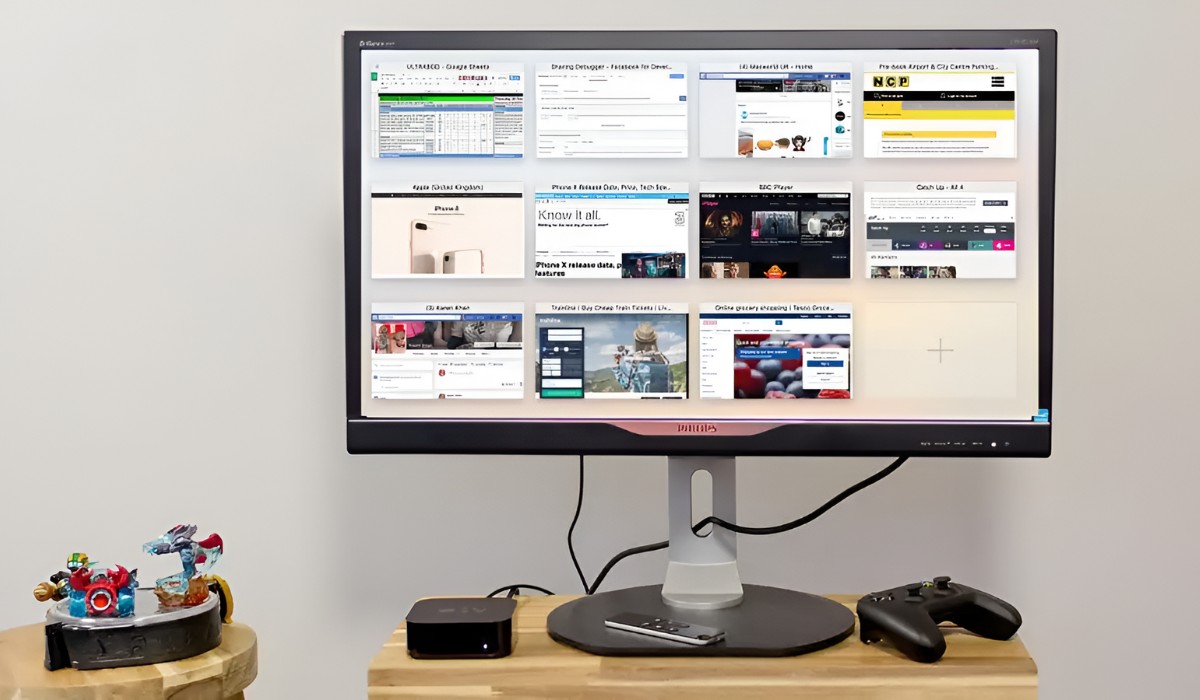Introduction
Making Safari full screen on your Mac can provide a more immersive browsing experience, allowing you to focus on the content without distractions. Whether you're watching videos, browsing the web, or working on a project, utilizing the full screen mode in Safari can maximize your viewing area and enhance your productivity.
By following a few simple steps, you can easily toggle between the standard windowed mode and the full screen mode in Safari. This feature is particularly useful when you want to make the most of your screen real estate, especially on smaller devices like laptops or desktops with multiple applications running simultaneously.
In the following guide, we will walk you through the straightforward process of making Safari full screen on your Mac. Whether you're a seasoned Mac user or just getting started with your Apple device, this step-by-step tutorial will equip you with the knowledge to seamlessly transition between the standard and full screen modes in Safari. Let's dive in and explore how to make the most of your browsing experience with Safari on your Mac.
Step 1: Open Safari
To begin the process of making Safari full screen on your Mac, you first need to open the Safari web browser. Safari is the default browser on Mac devices, offering a seamless and intuitive browsing experience. Here's how you can open Safari:
-
Locate the Safari Icon: On your Mac's desktop or in the Applications folder, look for the iconic compass-shaped Safari logo. It's typically located in the Dock at the bottom of the screen for quick access. If it's not there, you can find it in the Applications folder.
-
Click on the Safari Icon: Once you've located the Safari icon, simply click on it to launch the Safari browser. This action will open a new Safari window, ready for you to start browsing the web.
-
Use Spotlight Search: An alternative method to open Safari is by using Spotlight Search. Simply press Command + Space to open Spotlight, then type "Safari" and press Enter. This will launch Safari without the need to manually locate the application icon.
-
Utilize Siri: If you prefer a hands-free approach, you can use Siri to open Safari. Simply say "Hey Siri, open Safari," and the browser will launch, allowing you to proceed with the next steps to make it full screen.
Once Safari is open, you're ready to move on to the next step and learn how to make it full screen on your Mac. Opening Safari is the initial step in the process, setting the stage for an enhanced browsing experience as you navigate the web and access your favorite websites and online content.
Step 2: Click on the Full Screen Button
Once Safari is open on your Mac, the next step is to activate the full screen mode. This simple action can significantly enhance your browsing experience, especially when you want to focus on the content without any distractions. Here's how you can seamlessly transition Safari into full screen mode:
-
Locate the Full Screen Button: At the top right corner of the Safari window, you'll find the full screen button. It's represented by two diagonal arrows pointing towards the corners of the screen. This button is designed to maximize the Safari window to fill the entire screen, providing an immersive browsing experience.
-
Click on the Full Screen Button: With Safari open, simply move your cursor to the top right corner of the window to reveal the full screen button. Once you've located the button, click on it to activate the full screen mode. As you click the button, Safari will seamlessly expand to occupy the entire screen, removing any distractions and maximizing your viewing area.
-
Enjoy the Full Screen Experience: After clicking the full screen button, Safari will smoothly transition into full screen mode, allowing you to immerse yourself in the content without any clutter from the browser interface or other applications. Whether you're watching videos, reading articles, or working on web-based projects, the full screen mode in Safari provides a clean and focused environment for your browsing activities.
-
Access the Menu Bar: In full screen mode, the menu bar at the top of the screen may temporarily disappear to provide a truly immersive experience. However, you can easily access it by moving your cursor to the top of the screen, causing the menu bar to reappear. This allows you to access Safari's features and settings while still enjoying the full screen view.
By clicking on the full screen button, you can seamlessly transition Safari into a distraction-free, immersive browsing experience on your Mac. This feature is particularly useful when you want to make the most of your screen real estate, especially on smaller devices like laptops or desktops with multiple applications running simultaneously. With Safari in full screen mode, you can fully engage with the content and enjoy a more focused browsing experience.
Step 3: Exit Full Screen Mode
Exiting full screen mode in Safari on your Mac is a straightforward process that allows you to seamlessly transition back to the standard windowed mode. While the full screen mode provides an immersive browsing experience, there are instances where you may need to exit this mode to access other applications or simply prefer a traditional windowed view. Here's how you can easily exit full screen mode in Safari:
-
Utilize the Full Screen Button: To exit full screen mode, move your cursor to the top right corner of the screen to reveal the full screen button. This button, represented by two diagonal arrows pointing towards the corners of the screen, is the key to toggling between full screen and windowed modes. Once you've located the button, click on it to exit full screen mode.
-
Use the Escape Key: An alternative method to exit full screen mode is by using the Escape key on your keyboard. Simply press the "Esc" key, typically located in the top left corner of the keyboard, to seamlessly transition Safari from full screen to the standard windowed mode. This quick keyboard shortcut provides a convenient way to exit full screen mode without the need to locate and click the full screen button.
-
Access the Menu Bar: In full screen mode, the menu bar at the top of the screen may temporarily disappear to provide a truly immersive experience. However, you can easily access it by moving your cursor to the top of the screen, causing the menu bar to reappear. From the menu bar, you can click on the green "Full Screen" button to exit this mode and return Safari to the standard windowed view.
-
Swipe Gesture on Trackpad: If you're using a trackpad with your Mac, you can exit full screen mode in Safari using a simple swipe gesture. Place three fingers on the trackpad and swipe upwards to reveal Mission Control. From there, you can click on the Safari window to exit full screen mode and return to the standard view.
By following these simple steps, you can effortlessly exit full screen mode in Safari on your Mac, allowing you to seamlessly transition back to the standard windowed mode. Whether you prefer the immersive experience of full screen browsing or need to access other applications, the flexibility to toggle between these modes provides a seamless and intuitive browsing experience on your Mac.
Conclusion
In conclusion, mastering the art of making Safari full screen on your Mac empowers you to harness the full potential of your browsing experience. By seamlessly transitioning between the standard windowed mode and the immersive full screen mode, you can tailor your browsing environment to suit your preferences and maximize your productivity.
The process of making Safari full screen on your Mac is remarkably simple, yet it yields significant benefits. Whether you're engrossed in streaming videos, conducting research, or working on web-based projects, the full screen mode in Safari provides a distraction-free canvas for your browsing activities. This feature is particularly valuable on Mac devices with smaller screens, where every inch of real estate matters.
By clicking on the full screen button, you can instantly immerse yourself in the content, free from the clutter of browser interfaces and other applications. This seamless transition into full screen mode allows you to focus on the task at hand, whether it's reading articles, engaging with multimedia content, or collaborating on web-based platforms.
Furthermore, the ability to exit full screen mode with ease ensures that you have the flexibility to adapt your browsing environment to your needs. Whether you prefer the immersive experience of full screen browsing or need to access other applications, Safari on your Mac offers a seamless transition between these modes, enhancing your overall browsing experience.
In essence, the process of making Safari full screen on your Mac is a gateway to a more immersive, focused, and productive browsing experience. By leveraging this feature, you can optimize your screen real estate, minimize distractions, and engage with online content in a more meaningful way. Whether you're a casual web surfer, a content creator, or a professional researcher, the ability to seamlessly toggle between windowed and full screen modes in Safari empowers you to tailor your browsing environment to suit your unique preferences and workflow.
So, the next time you embark on a browsing session on your Mac, remember that the full screen mode in Safari is just a click away, ready to elevate your browsing experience to new heights. Embrace the immersive potential of full screen browsing and unlock a world of focused productivity and content engagement with Safari on your Mac.

























